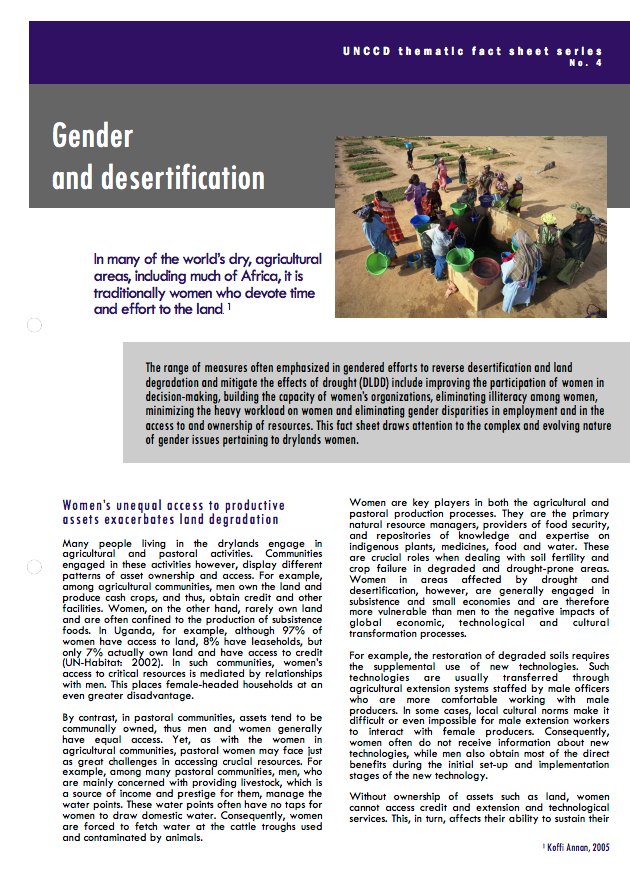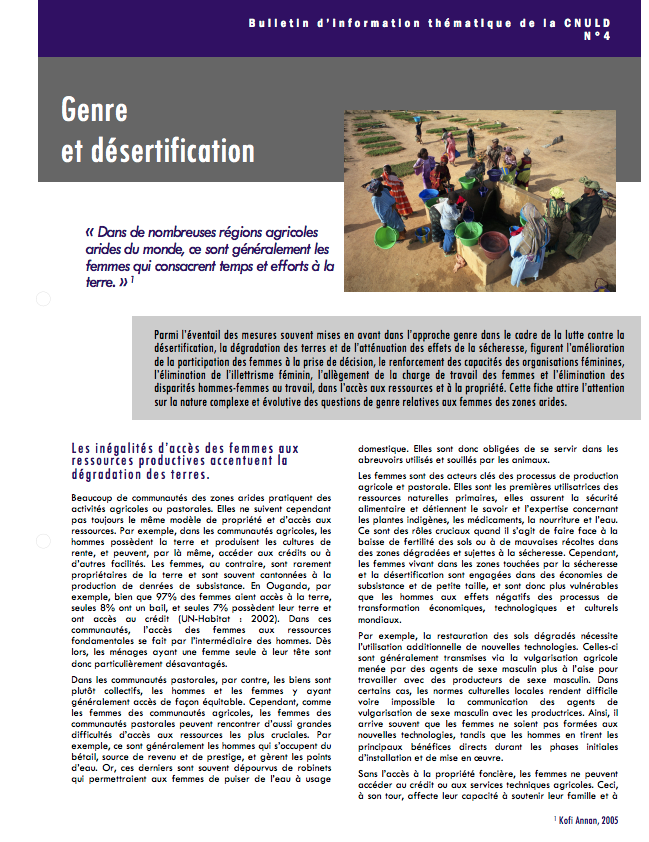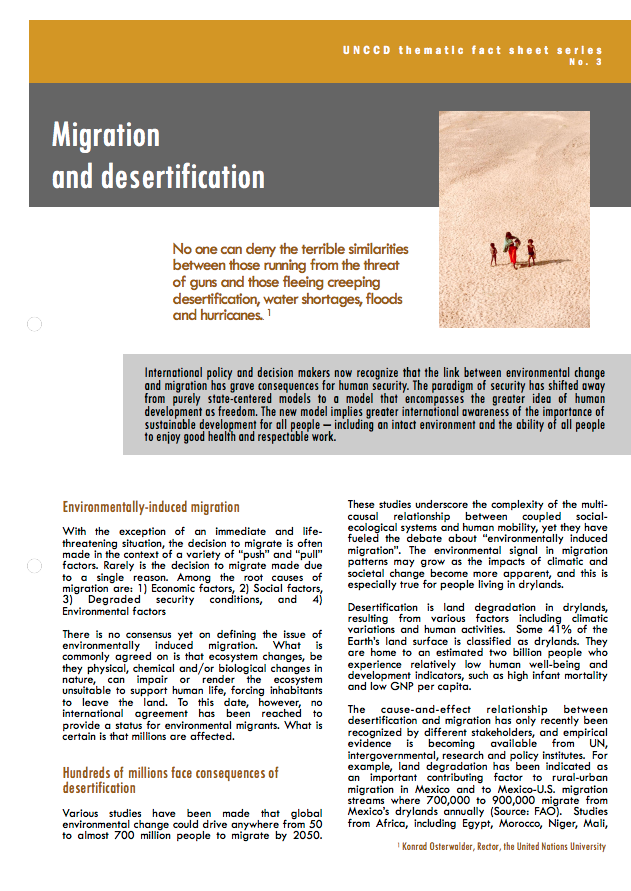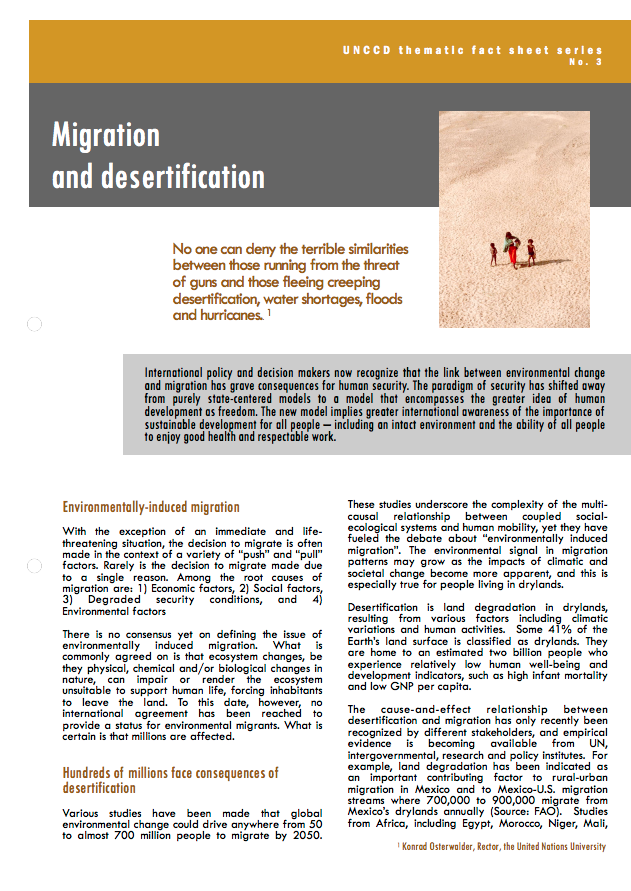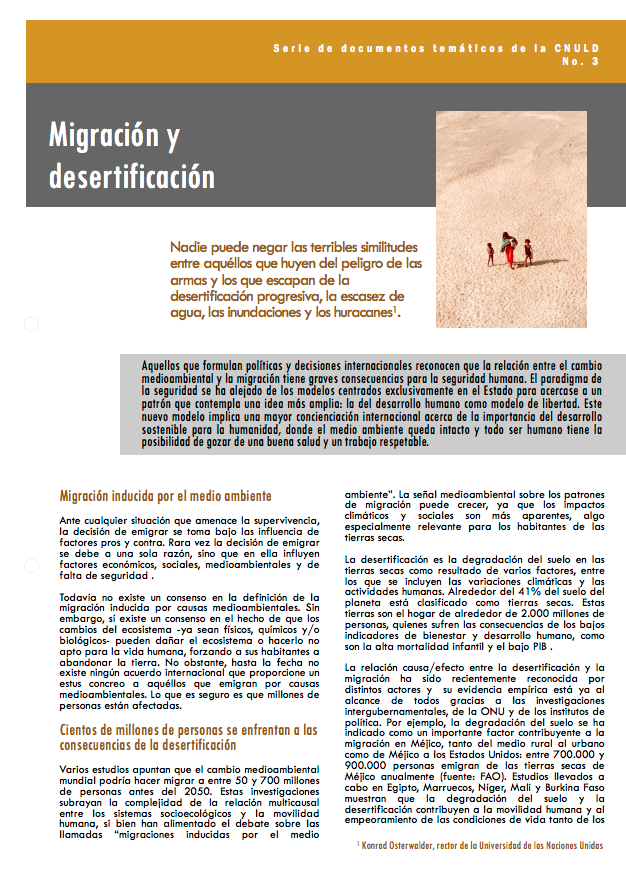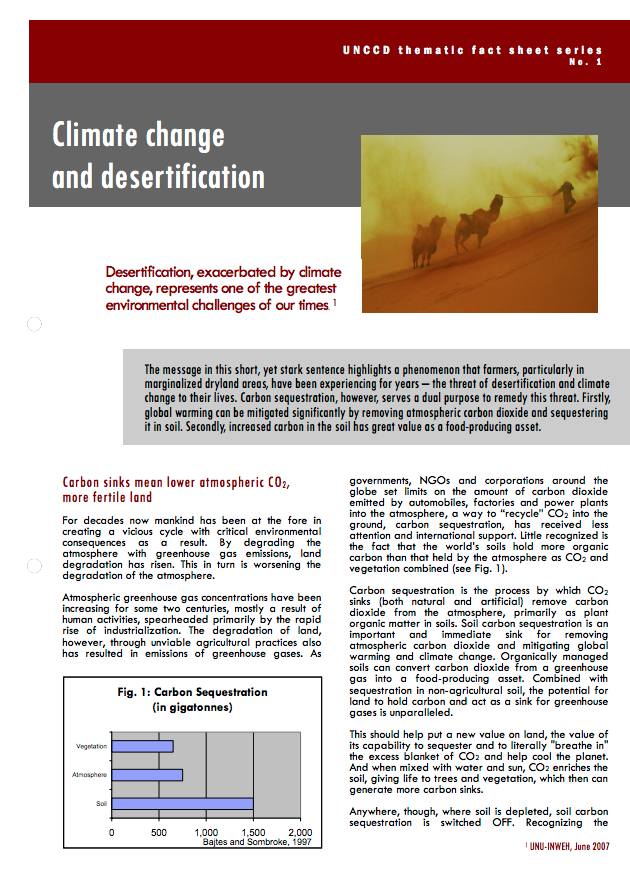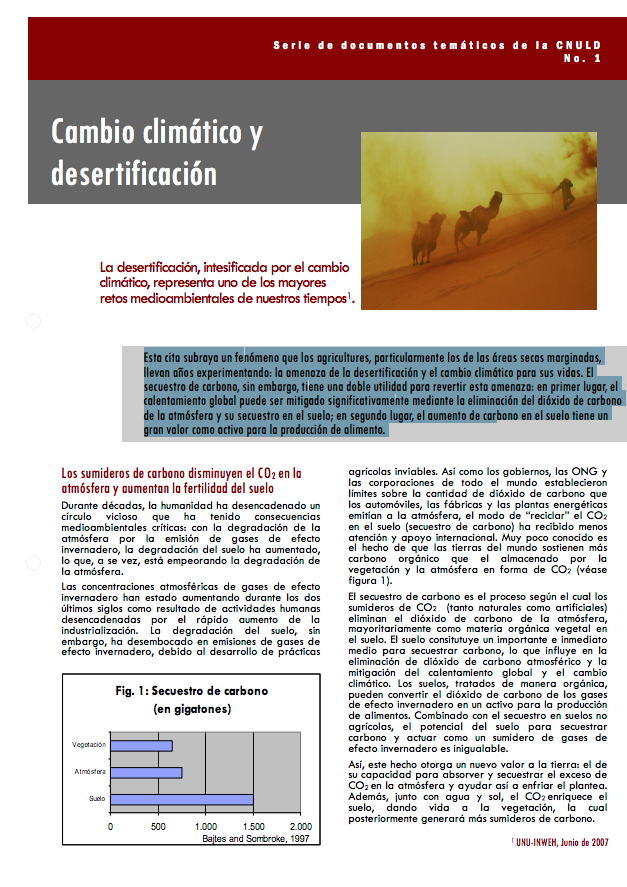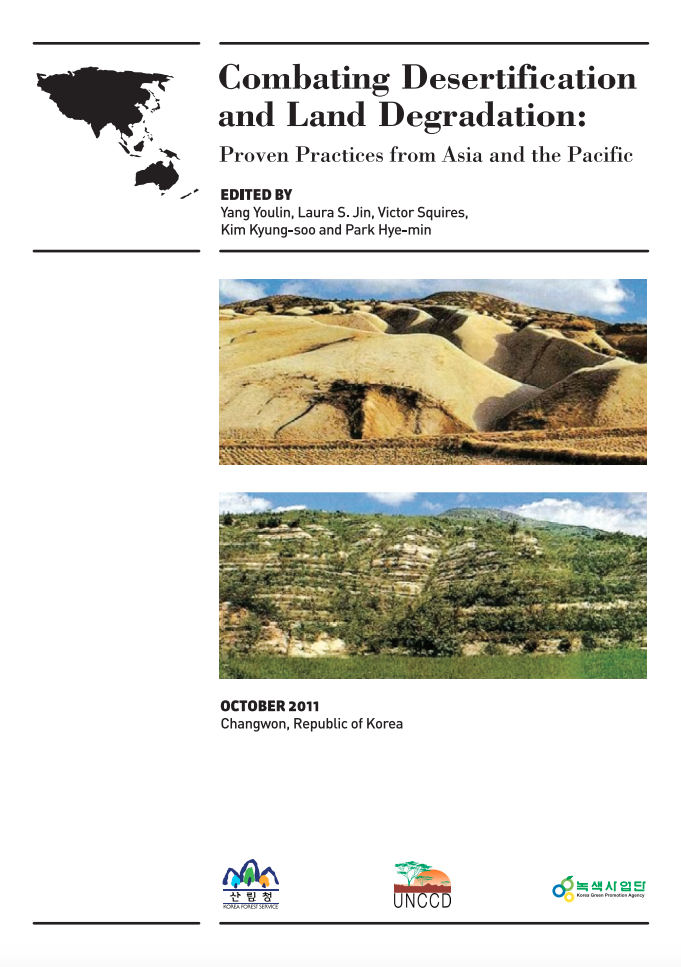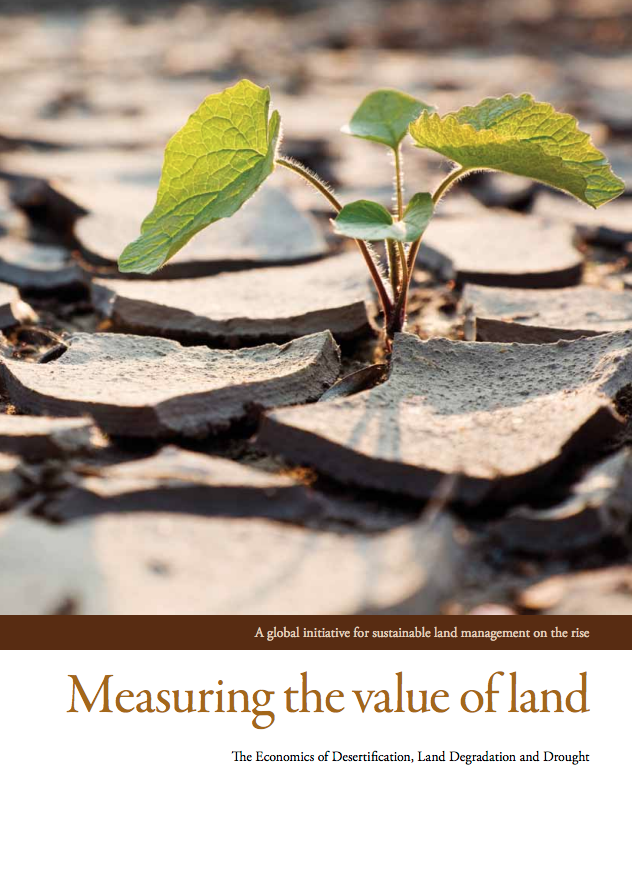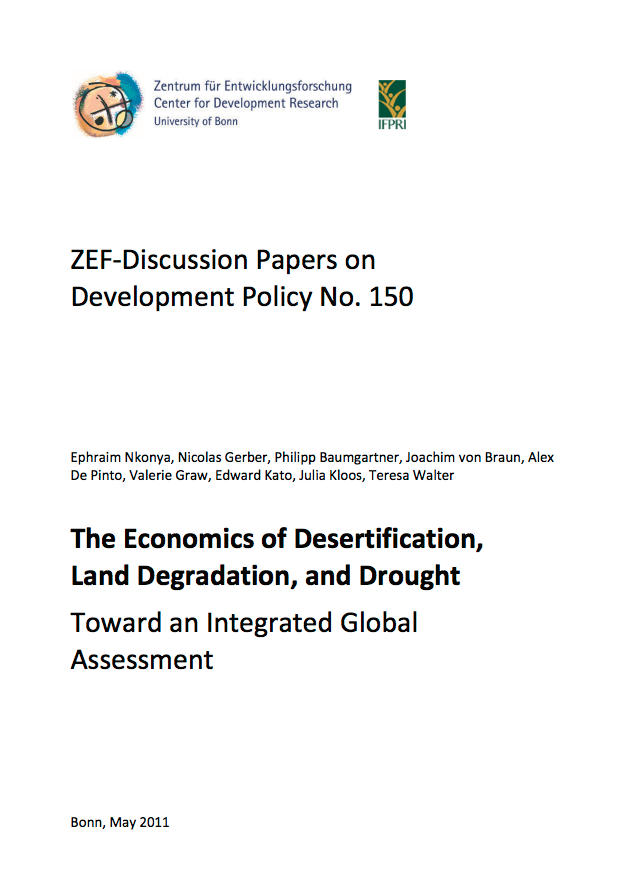Gender and desertification
The range of measures often emphasized in gendered efforts to reverse desertification and land degradation and mitigate the effects of drought (DLDD) include improving the participation of women in decision-making, building the capacity of women’s organizations, eliminating illiteracy among women, minimizing the heavy workload on women and eliminating gender disparities in employment and in the access to and ownership of resources. This fact sheet draws attention to the complex and evolving nature of gender issues pertaining to drylands women.

